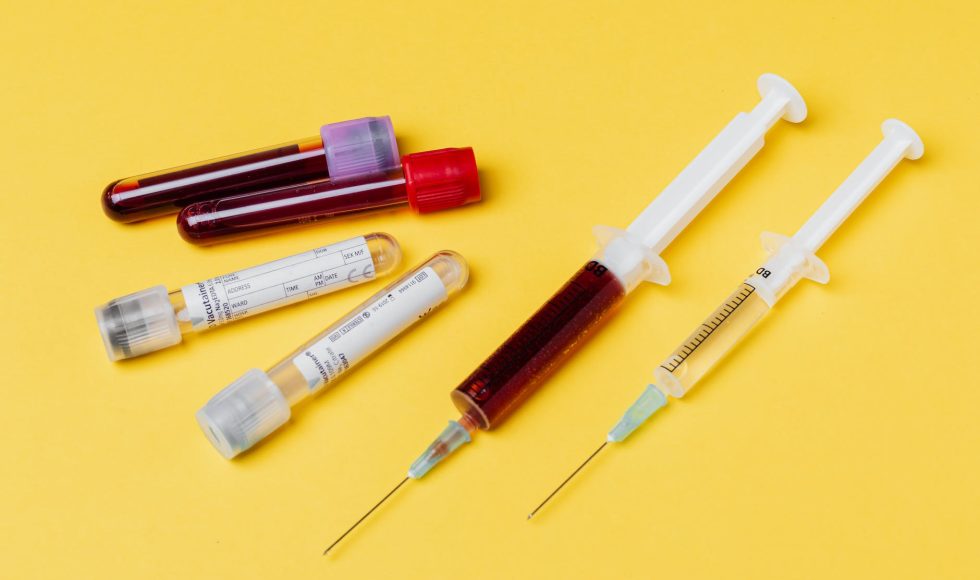Belen de la Morena-Barrio from the University of Murcia, Spain presented at London Calling 2023 on “Nanopore sequencing reveals retrotransposon insertions or complex genetic mechanisms in four rare disorders.” Morena-Barrio spoke about the impact of “rare” diseases and the challenges of diagnosis. They noted that often it takes four or five years for accurate diagnosis of a rare disease, with 25-35%% unresolved cases! The objective of their study was to use Nanopore sequencing technologies to obtain information about the use of this technology related to the diagnosis of four rare disorders. They focused on Antithrombin deficiency (ATD), Glanzmann thrombastenia (GT), peroxisomal disease (PD), and glycogen storage disease (GSD). The samples were selected from specialized reference centers in Spain. Samples had been studied through Sanger, whole genome exome sequencing, MLPA, and SNP arrays already without conclusive results. They selected twelve samples for PromethION sequencing and five for MinION sequencing. With the PromethION they obtained 10,000 bp read-length with ~17x coverage after sequencing for 72 hours. With the MinION, they obtained ~7x coverage after 30 hours of adaptive sampling sequencing. The sequences were aligned with Minimap2, processed with Sniffles2, and visualized with IGV. The results from thirteen samples from antithrombin deficiency suggest that three subjects had an insertion of 2.4kb SVA in intron 6 of SERPINC1.They validated the results by PCR. Another sample was sequenced by MinION and an SVA element was found inserted in intron 3. The insertion was confirmed by PCR. For Glanzmann thrombastenia, one sample was unresolved with no mutation found. In a second sample, a variant was found in one allele of ITGB3. The breakpoints were validated by PCR. One sample of glycogen storage disease was studied, and a LINE element was found. Sequencing of the sample from peroxisomal disease also identified an insertion. They concluded that Nanopore sequencing is a suitable method for detecting variants in rare diseases.



